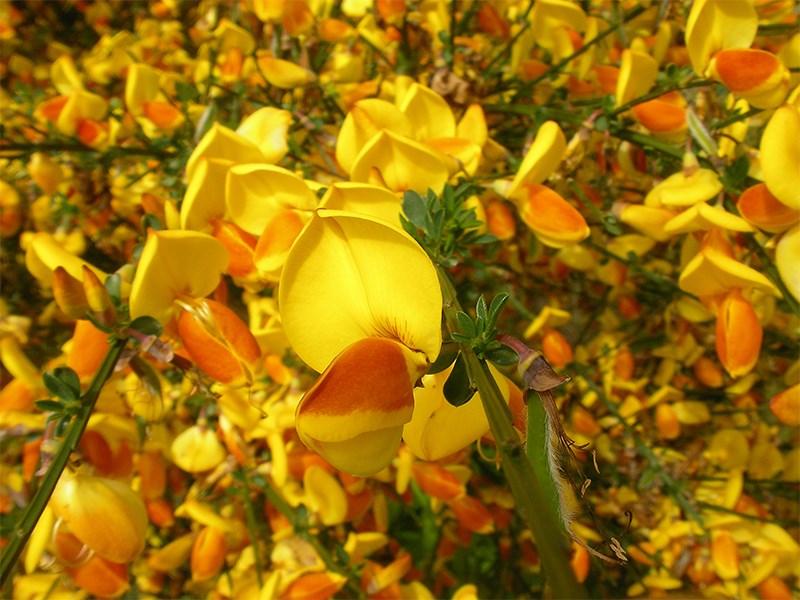On Tuesday, March 7, land managers from across the Powell River region met to discuss priorities regarding invasive plants. Led by Coastal Invasive Species Committee members Rachelle McElroy and Ernie Sellentin, the meeting was attended by representatives from City of Powell River, Powell River Regional District and Tla’amin Nation, as well as provincial representatives from Ministry of Transportation and Infrastructure and Ministry of Forests, Lands and Natural Resource Operations.
“Coastal ISC provides education, treatment services and coordination with other committees in this area,” said McElroy. “Our focus is on the efficient and effective management of invasive species.”
McElroy said the meeting served a number of purposes: it provided opportunities for land managers from across the region to develop local lists of invasive species, identified gaps in issues and opportunities surrounding these species and compared approaches and priorities.
According to McElroy, invasive species are non-native plants and animals that can cause harm outside of their native ecosystems. They can be problematic for a number of reasons, she said.
“They often go unchecked because of a lack of natural predators,” said McElroy. “They can be toxic to humans or livestock, reduce the biodiversity of a given area by outcompeting other species and impact the economy through agricultural, and sometimes structural, damage.”
According to McElroy, neighbouring land managers can often benefit from pooling equipment, staff time and grant funding. They can also warn each other about species that might be coming onto their land, she said.
“When dealing with invasive species, it’s important to think beyond your fenced boundaries,” said McElroy.
The fire threat posed by Scotch broom puts it high on the priority list of Powell River Fire Rescue chief Terry Peters.
“In areas that are logged or clear cut, Scotch broom can take over,” said Peters. “It’s well-known to the fire service as a flash fuel; add it to an urban-interface fire load and it’ll really fuel things.”
With Scotch broom growing through the city’s hydro corridors and other areas, it is worth being proactive rather than reactive, said Peters. This year, his department will team up with the Qualicum Beach-based Broombusters to launch a community cutting event, he said. According to Peters, the program has been very successful in Qualicum and other communities that have adopted it.
“It’s everybody’s business to be educated in these species,” he said, “and it can be a fun thing for the community.”
City parks foreman Paul Nassichuk is often faced with the issue of invasive species.
“It’s not just a Powell River issue,” said Nassichuk. “It’s a global issue.”
Nassichuk said his team prioritizes invasive species that present a direct danger to residents or their property. His top priorities are giant hogweed, because of its potential to cause burns, and Japanese knotweed, because of its ability to grow through building foundations.
“What we need as land managers is a common voice and protocol for dealing with these species,” said Nassichuk.
In some cases, management protocols can include herbicides, a topic that can be contentious among residents, he added.
“There are some situations where the environmental damage caused by applying a bit of herbicide pales in comparison to the ecological damage done by managing invasive species mechanically and spreading them further across the site,” said Nassichuk.
Coastal Invasive Species Committee covers the geographic areas of Vancouver Island, Gulf Islands and the Sunshine Coast. Founded in 2005 as a non-profit organization, it is a committee of the Invasive Species Council of BC.



